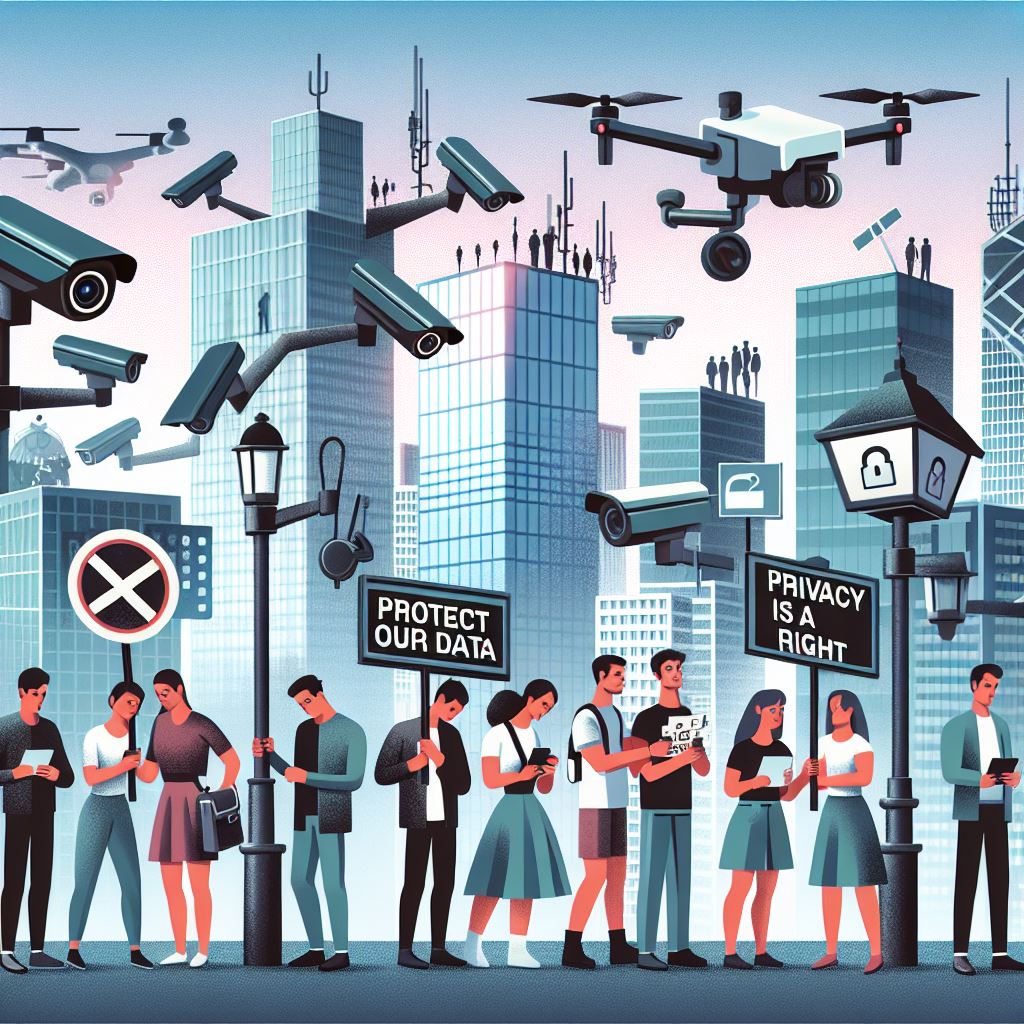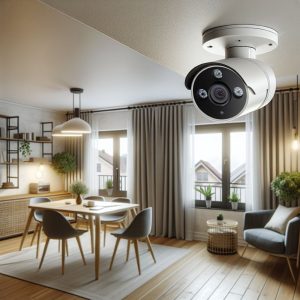In today’s digital age, surveillance and the use of CCTV cameras have become ubiquitous. From public spaces to private properties, these technologies play a crucial role in enhancing security and monitoring activities. However, the widespread use of surveillance systems raises significant concerns about data privacy. This article explores the balance between the benefits of surveillance and the need to protect individual privacy.
The Rise of Surveillance and CCTV
The adoption of CCTV (Closed-Circuit Television) systems has surged over the past few decades. Initially used primarily for security in banks and high-risk areas, CCTV cameras are now commonplace in various settings, including:
- Public Spaces: Streets, parks, and public transportation hubs.
- Commercial Properties: Shopping malls, offices, and retail stores.
- Residential Areas: Gated communities and private homes.
The primary purpose of these systems is to deter crime, monitor suspicious activities, and provide evidence in case of incidents. The presence of cameras can significantly reduce the likelihood of criminal behavior, as potential offenders are aware they are being watched.
Benefits of Surveillance
- Crime Prevention and Reduction: The mere presence of CCTV cameras can deter criminal activities. Studies have shown that areas with visible surveillance experience lower crime rates.
- Evidence Collection: CCTV footage is invaluable in investigating crimes. It provides law enforcement with crucial evidence that can lead to the identification and prosecution of offenders.
- Public Safety: Surveillance systems help monitor and manage large crowds, ensuring public safety during events and in busy areas.
- Employee Monitoring: In workplaces, CCTV can be used to monitor employee behavior, ensuring compliance with company policies and enhancing productivity.
- Remote Monitoring: Modern CCTV systems allow for remote monitoring, enabling property owners to keep an eye on their premises from anywhere in the world.
Data Privacy Concerns
Despite the benefits, the extensive use of surveillance systems raises significant data privacy issues:
- Invasion of Privacy: Continuous monitoring can be seen as an invasion of personal privacy. Individuals may feel uncomfortable knowing they are being watched at all times.
- Data Security: CCTV systems collect vast amounts of data, which need to be stored securely. Breaches can lead to unauthorized access to sensitive information.
- Misuse of Data: There is a risk that surveillance data could be misused by authorities or private entities for purposes other than security, such as tracking individuals’ movements or behaviors.
- Lack of Transparency: Often, individuals are unaware of the extent of surveillance they are under. There is a need for greater transparency about where and how surveillance is conducted.
- Legal and Ethical Issues: The use of surveillance must comply with legal standards and ethical considerations. This includes obtaining proper consent and ensuring that surveillance practices do not discriminate against certain groups.
Balancing Surveillance and Privacy
To strike a balance between the benefits of surveillance and the need to protect privacy, several measures can be implemented:
- Clear Policies and Regulations: Governments and organizations should establish clear policies governing the use of surveillance systems. This includes guidelines on data collection, storage, and access.
- Transparency: Informing the public about the presence of surveillance cameras and the purposes they serve can help mitigate privacy concerns. Signage and public notices can be effective.
- Data Protection Measures: Implementing robust data protection measures, such as encryption and secure storage, can prevent unauthorized access to surveillance data.
- Limited Data Retention: Surveillance data should be retained only for as long as necessary. Policies should be in place to ensure timely deletion of outdated footage.
- Regular Audits: Conducting regular audits of surveillance practices can help ensure compliance with privacy standards and identify areas for improvement.
- Public Engagement: Engaging with the community to understand their concerns and perspectives on surveillance can lead to more informed and acceptable practices.
Conclusion
The use of surveillance and CCTV systems is a double-edged sword. While they offer significant benefits in terms of security and crime prevention, they also pose challenges to data privacy. Striking a balance requires careful consideration of both the advantages and the potential risks. By implementing clear policies, ensuring transparency, and protecting data, it is possible to harness the benefits of surveillance while respecting individuals’ privacy rights.




